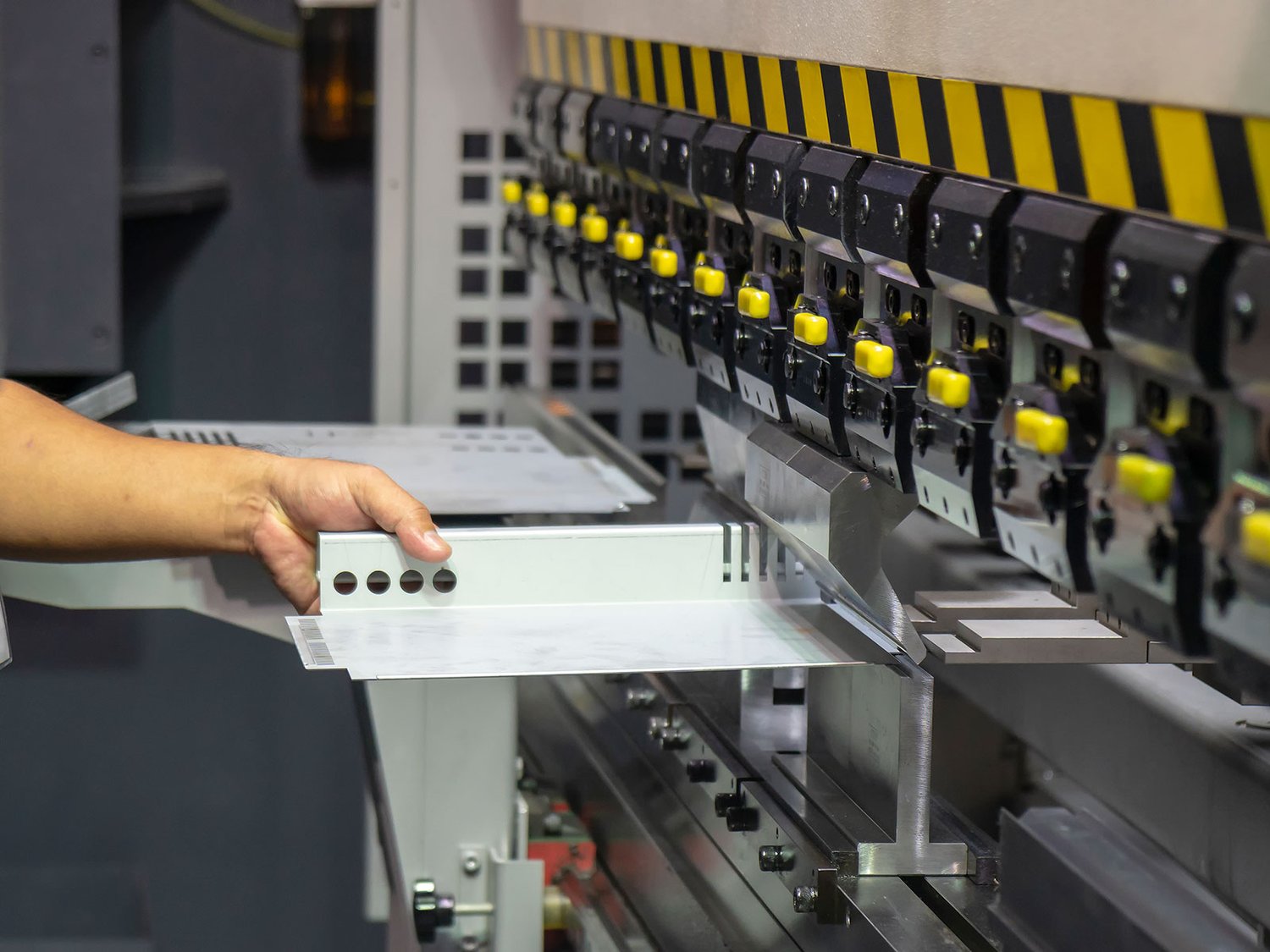Sheet Metal Machining: A Comprehensive Guide
Introduction: Sheet metal machining is a crucial process in various industries that involve metal fabrication. This article aims to provide a comprehensive guide to sheet metal machining, highlighting its importance and various aspects that make it an essential part of modern manufacturing.
The Basics of Sheet Metal Machining
Sheet metal machining refers to the process of shaping and altering sheet metal to create desired products or components. It involves several techniques, including cutting, bending, punching, and welding, to transform flat metal sheets into complex and functional parts. This process is widely used in industries such as automotive, aerospace, construction, and electronics.
The Advantages of Sheet Metal Machining
Sheet metal machining offers numerous benefits that make it a preferred choice for manufacturers. Some of the key advantages include:
1. Precision and Accuracy
Sheet metal machining allows for precise and accurate fabrication of metal parts. Advanced CNC machines and computer-aided design (CAD) software enable manufacturers to achieve high levels of precision, ensuring consistent quality and fitment of components.
2. Versatility
Sheet metal machining is a versatile process that can be used to create a wide range of products. Whether it's simple brackets or complex enclosures, sheet metal machining can handle various designs and shapes, making it suitable for diverse applications.
3. Cost-Effective Production
With the ability to produce complex parts efficiently, sheet metal machining offers cost-effective production solutions. The use of automated machines and optimized processes reduces labor costs, minimizes material waste, and improves overall productivity.
4. Strength and Durability
Sheet metal, particularly when machined and fabricated properly, offers excellent strength and durability. This makes it an ideal choice for applications that require robust and long-lasting components, ensuring reliable performance and longevity.
The Process of Sheet Metal Machining
The process of sheet metal machining involves several steps, each contributing to the final product. These steps include:
1. Design and Engineering
Before machining begins, a detailed design and engineering phase is crucial. This involves creating CAD models, analyzing structural integrity, and determining the most efficient manufacturing approach. Solid understanding of the design requirements and intended functionality is essential for successful sheet metal machining.
2. Material Selection
Choosing the right material is vital for sheet metal machining. Factors such as strength, corrosion resistance, and cost-effectiveness need to be considered. Common materials used in sheet metal machining include steel, aluminum, stainless steel, and copper.
3. Cutting and Shaping
The cutting and shaping process involves using various techniques such as laser cutting, shearing, or water jet cutting to cut the sheet metal into desired shapes. CNC machines controlled by computer programs ensure precise and efficient cutting.
4. Bending and Forming
Bending and forming allow the sheet metal to take on specific shapes and angles. This is achieved using press brakes or other forming tools. Accurate bending is crucial to ensure proper fitment and functionality of the final product.
5. Assembly and Joining
Once the individual sheet metal components are fabricated, they are often assembled and joined together using techniques such as welding, riveting, or fastening. This step ensures that the final product is structurally sound and ready for use.
6. Finishing and Surface Treatment
Finishing touches such as deburring, sanding, and surface treatments like painting, powder coating, or anodizing are applied to improve the aesthetics and protect the sheet metal from corrosion or wear.
Applications of Sheet Metal Machining
Sheet metal machining finds applications in various industries and sectors. Some notable examples include:
1. Automotive Industry
Sheet metal machining plays a critical role in the automotive industry, where it is used to fabricate body panels, chassis components, brackets, and other vital parts. The precision and cost-effectiveness of sheet metal machining make it an ideal choice for mass production.
2. Aerospace and Aviation
In the aerospace and aviation sectors, sheet metal machining is used extensively to produce aircraft components, including wings, fuselages, engine parts, and structural elements. The ability to create lightweight yet strong parts is crucial for achieving fuel efficiency and meeting safety standards.
3. Electronics and Telecommunications
Sheet metal machining is widely employed in the electronics and telecommunications industries to fabricate enclosures, racks, cabinets, and other equipment housing. The precision and versatility of sheet metal machining allow for efficient integration of electronic components while ensuring proper heat dissipation and electromagnetic shielding.
4. Construction and Architecture
Sheet metal machining is also utilized in the construction and architecture sectors to create building facades, roofing systems, structural elements, and decorative features. Its strength, durability, and aesthetic appeal make it an attractive choice for both functional and design purposes.
Conclusion
Sheet metal machining is an essential process in modern manufacturing, offering precision, versatility, cost-effective production, and durable end products. Its applications span across various industries, providing crucial components for automotive, aerospace, electronics, and construction sectors, among others. Understanding the basics and benefits of sheet metal machining is vital for manufacturers and designers seeking efficient and reliable metal fabrication solutions.

